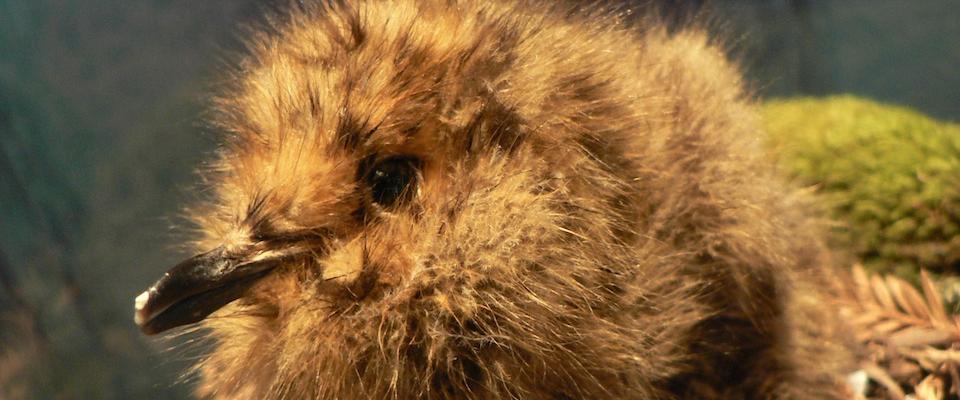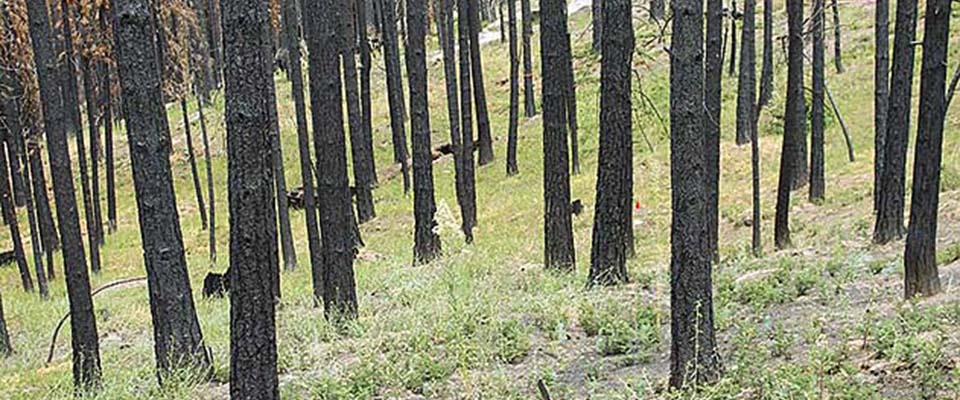Scarcer food could keep little bird on threatened species list
The discovery that a rare and reclusive little seabird makes its nest high in the canopy of old growth trees was bad news for people cutting down trees for a living. Scientists and government regulators focused on the loss of that nesting habitat to explain the murrelet’s decline. In the early ’90s, the marbled murrelet was placed on the federal list of threatened species and logging was shut down on wide swaths of the Pacific Coast.
Now Berkeley researchers are shedding light on a new peril for the solitary murrelet. The primary ocean prey sustaining the bird has also been diminishing, largely due to overfishing. It was what marine ecologist Ben Becker, Ph.D. ’01, calls a “doublewhammy,” and a discovery that has implications for fisheries and timber policy. The study, led by Steve Beissinger, professor in the Department of Environmental Science, Policy and Management, will be published in April in the journal Conservation Biology.
The researchers decided to focus on the seabird’s eating habits, and dug into the archives of natural history museums that had collected murrelets from Monterey Bay more than a century ago. By examining the feathers of those birds, they could tell the historic murrelets dined on a rich diet of anchovies, sardines, rockfish and squid. A sampling of feathers taken from modern birds in the same location showed a striking change. Just before breeding, murrelets today seem to subsist on less nutritious prey, particularly krill, a tiny marine invertebrate. It takes about 80 krill to equal the energy value of one sardine. The shift in the murrelet’s diet matched the decline of West Coast fisheries, the researchers noted.
“When a predator consumes prey, it assimilates isotopes into its tissue,” explained Becker, now director of the Pacific Coast Science and Learning Center at Point Reyes. More nutritious food is detected by higher levels of nitrogen isotopes; less nourishing food by carbon isotopes. “We can build a food web and trace what it was they ate,” he said. “Birds now appear to be feeding much lower on the food chain.” If the birds work harder for less healthy food, they may have less time and energy to breed, and their offspring may have a harder time when they leave the nest.
Federal biologists recently have taken steps to remove the marbled murrelet from the Threatened and Endangered Species list, but Beissinger and his colleagues argue that they should move cautiously. “Our work is the first to point toward long-term changes in the diet of seabirds primarily as a result of overfishing,” he said. “Most seabirds depend on small fishes, which do not receive nearly the level of management attention that large fishes have. We hope that this work will lead to better protection for those resources.”
From the March April 2006 Can We Know Everything issue of California.




















